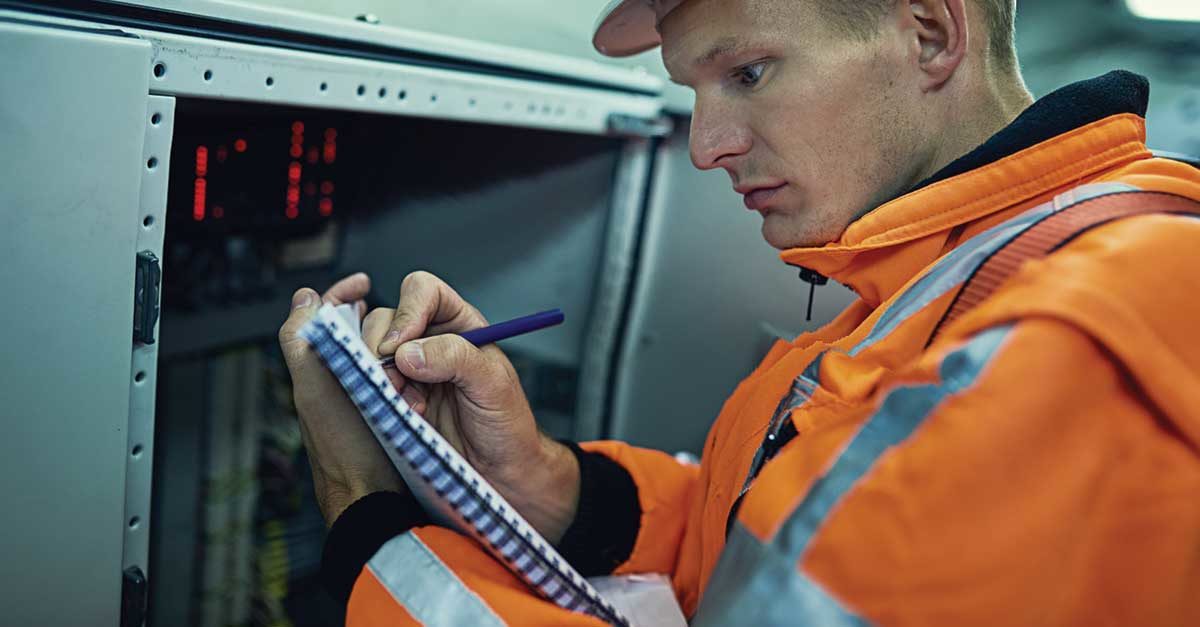Preventative maintenance is the single most neglected and underrated aspect of facility management. Unfortunately, some building owners refuse to see the benefit of having a strong preventative maintenance program, even though it will save operating costs and increase building systems’ reliability.
In this article we take a look at multiple areas of facility management that require regular inspection and maintenance and provide some guidelines for when these items should be reviewed.
Roof Repairs
There are fewer facility items that protect the integrity of the building’s envelope more than the roof. Failure to visually check the condition of the roof and the roof sumps often, if not always, leads to roof failure because of the unnecessary pooling of water. Water will always take the path of least resistance and find any crack or opening to seep into the building to cause damage in various ways.
- How often to inspection: Weekly or after every storm
- What to look for: Debris and clogged roof sumps or drains, wear or bubbling spots
- How often for repairs: Due to height restrictions and inherent hazards related to roofing, repairs should take place late spring through mid-fall (May-October). You want to take advantage of natural sunlight and drier conditions.
Structural Issues
Maintenance workers should conduct a visual inspection of the building at the beginning of each work shift, checking for significant changes due to natural or man-made occurrences which compromise the structural integrity. Without a good visual inspection, damages may exacerbate and cost building owners more to remedy.
- How often: Every shift
- What to look for: Broken windows, missing bricks, graffiti, vandalism, leaking ceilings or pipes
- How often for repairs: External structural repairs can be done year-round depending on the conditions, with a bulk of the work performed during early spring through late fall. Internal structural repairs can be conducted year-round.
HVAC Systems
Facility managers should schedule boiler/heating repair projects during the late spring through end of summer. Workers need to visually inspect steam systems including:
- Steam traps
- Condensate lines
- Condensate pumps
- Condensate tanks
- Boiler Accessories (water column and gage glass)
- Burner System (igniter as well as gas valve and lines)
- Water side (boiler)
- Fire side (boiler).
Managers also need to schedule an inspection of the air-conditioner system anytime from the fall through the first week of spring. Workers need to visually inspect:
- Cooling towers for rust and algae growth
- Heat exchanger tube sheets and tubing.
Ventilation Systems
A clean and well-maintained ventilation system assures good indoor air quality, free of allergens and other pollutants. Keep building occupants healthy by:
- Checking filters and filtration system regularly
- Checking the operation of dampers and actuators.
Backup Generators
These systems keep your facility running in times of power outages and inclement weather. Be sure to conduct a weekly system check of all your backup generators.
Electrical Wiring
Conduct a monthly examination of your facility’s electrical wiring, scheduling projects as needed. The examination should include:
- A visual inspection of the condition of all wiring
- A check of amperage, ohms, and voltage
Potholes or Damaged Asphalt
Damaged parking lots, driveways, and sidewalks around your buildings can lead to damaged vehicles, equipment, and human injuries. Prevent these problems by:
- Conducting weekly visual inspections of the concrete and asphalt surfaces around the facility
- Taking immediate remediation action if damages to any surfaces could result in personal injury
- Scheduling repaving and other projects during the warm weather months.
Snow and Ice Removal
Don’t wait until the first snowfall to develop a comprehensive snow removal plan. Develop a plan before winter that:
- Clearly explains all snow removal duties and responsibilities to staff
- Provides training for all duties
- Communicates protocol and workflow
Fire/Smoke and Carbon Dioxide Sensors and Systems
Keep your building inhabitants and your property safe from fire and smoke damage, and protect your workers from invisible but deadly carbon dioxide by:
- Visually inspecting sensors and systems monthly
- Testing their operation monthly
- Repairing all sensors and systems as needed




